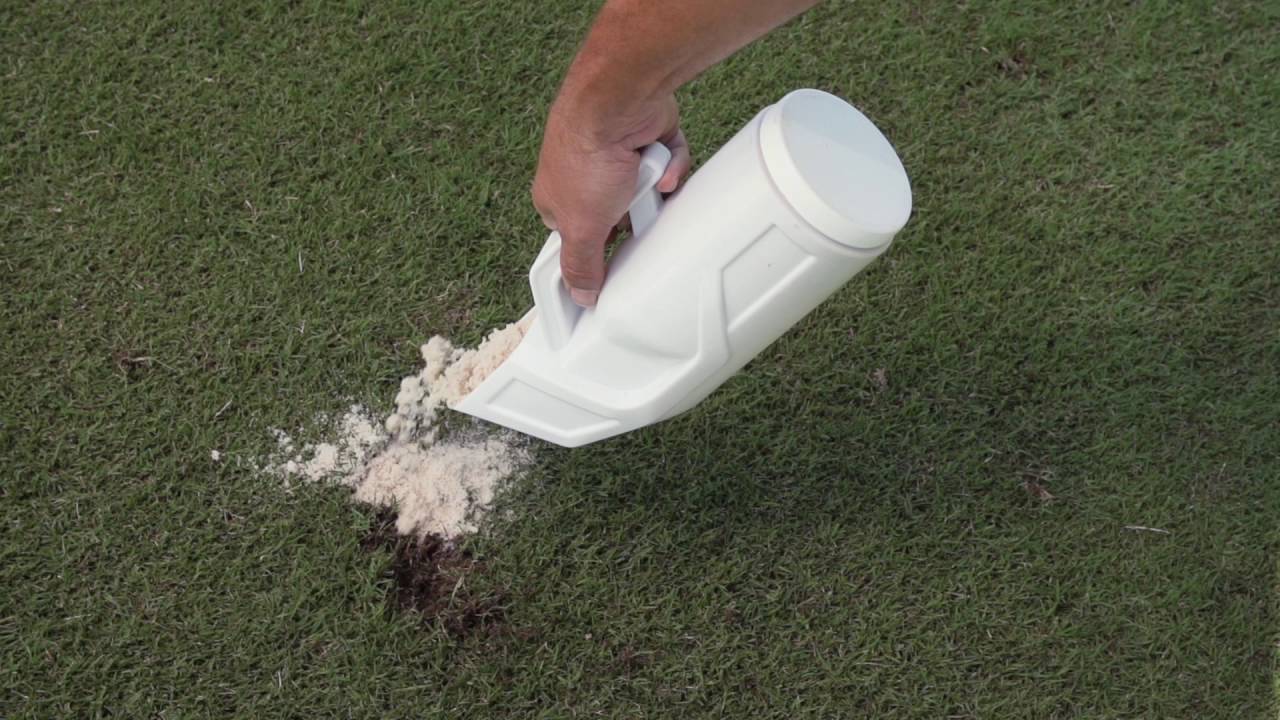-
Shopping Tools
-
Care & Maintenance
-
About
-
Dealer Login

Ever notice the bottles mounted on golf carts and wonder what they’re for? Those aren’t drink flasks—they hold a sand/seed mix used to repair divots and protect course turf.
The “bottles” you see on carts are divot-repair bottles filled with a sand and grass seed mixture. After you take a divot on tees or fairways, you pour the mix into the scar and smooth it level. This helps the grass recover faster, keeps lies consistent for the next group, and supports overall course health. Whether you ride or walk, using these bottles is part of good golf etiquette—right up there with raking bunkers and fixing ball marks.
Two different things are easy to confuse:
Both are common on modern golf carts, but only the bottles are for course maintenance.
Most courses use topdressing sand blended with grass seed that matches the local turf (Bermuda, bent, rye, fescue, etc.). Some programs add a pinch of starter nutrients or wetting agent. The seed blend and sand color vary by region and season; follow your course’s instructions (you might see signage near the first tee or on the bottle label).
Important: Do not put sand/seed on putting greens. Fix ball marks with a proper repair tool; sand can contaminate greens and affect roll.
Most carts carry one or two bottles clipped to the rear fenders or side rails. Walking golfers often grab a handheld bottle at the starter hut. On par-3 tees, you may see tee stations with large sand boxes for quick refills. Some premium programs restock bottles at the turn so you never run out on the back nine.
| Benefit | What It Means for Golfers | What It Means for the Course |
|---|---|---|
| Faster turf recovery | Fewer bad lies and bare spots | Healthier, denser fairways |
| Consistent surfaces | Predictable ball sitting and contact | Cleaner mowing, less scalping |
| Shared responsibility | Better pace and play experience | Reduced repair labor over time |
Do I use bottles on the rough? Typically, no—focus on tees and fairways unless your course says otherwise.
What if my course uses sand only? Follow posted guidance. Some warm-season grasses creep back quickly with sand alone; others benefit from seed.
How many bottles should a cart carry? One is fine for most rounds; two helps on divot-heavy par-3 loops or overseeding season.
The “mystery bottles” on golf carts exist for one vital reason: to repair divots quickly and keep the course healthy. A quick pour and smooth on tees or fairways improves playability today and protects turf for tomorrow. Pair that habit with courteous cart use and you’ll leave every hole better than you found it—exactly how the game is meant to be played.
